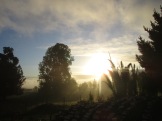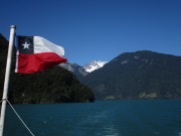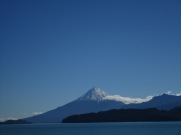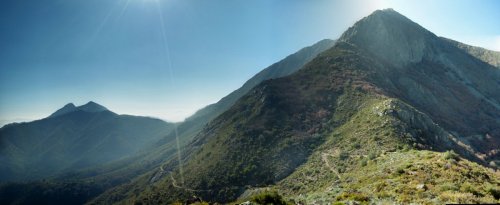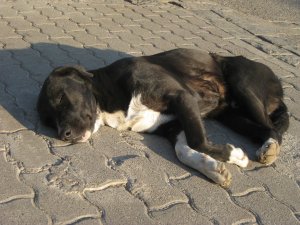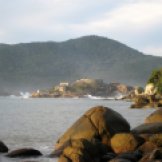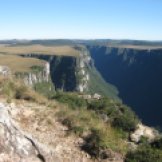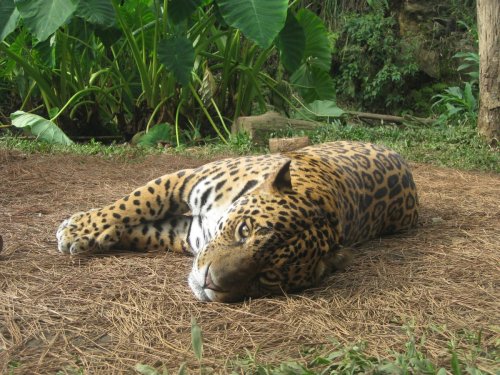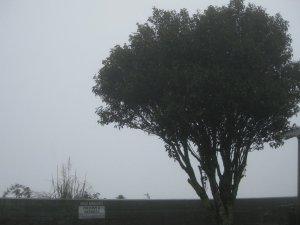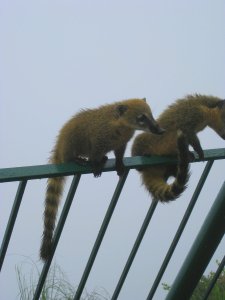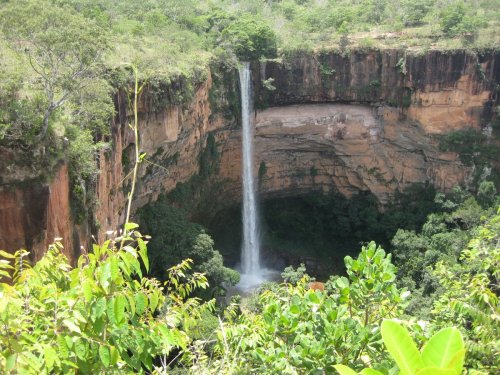OK, fair enough: last stop before returning to good old Germany. And not just some place in South America but Northern Patagonia – the region of the lakes on both sides of the mountains: Argentina and Chile.
We started in Puerto Montt, where we had great sea food and terrible rain for the first days. Perfect in its own way as it allowed us to sleep in and make plans for the rest of the trip. The sea lions in the harbour and the very friendly hosts were a great start.
From Puerto Montt, to Puerto Varas, to Valdivia, to Villa la Angostura to Bariloche. From the sea to the mountains to the lakes. All by bus and mini bus, always with the kind help and support of the locals. A small regret that the bus didn’t stop in the Andes.
More rain in Bariloche, and again, not for worse. The mountains are even prettier with a snow cap! Lots of hiking, lots of cold, lots of good food.
Back to Puerto Varas by bus, boat, bus, boat, bus, boat, bus. Yes, in that order. It’s expensive but crossing the Andes by boat is one of the best experiences, I ever made. And for all the rain before, the sun really did show up this time!
Plus, a volcano or two on the horizon do give the landscape a certain je ne sais quoi.
Gracias Argentina, gracias Chile! Saying good-bye to South America wasn’t easy, but visiting these beautiful places made it memorable.







